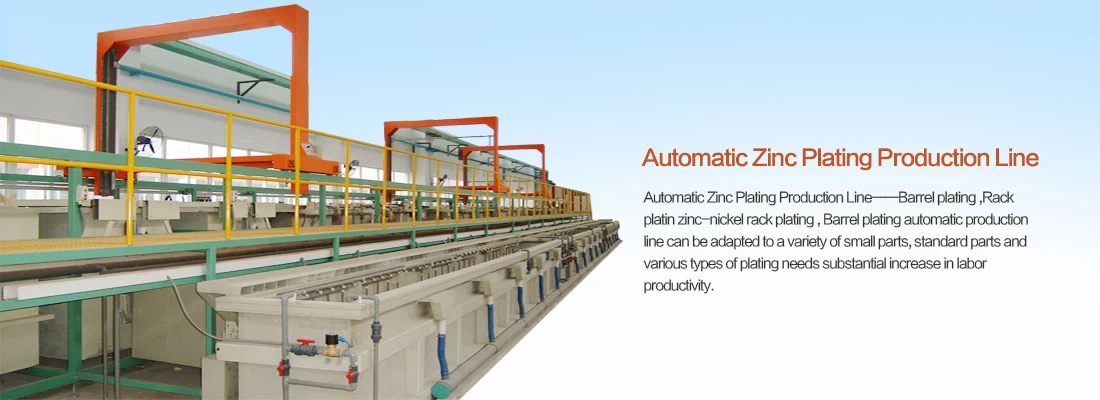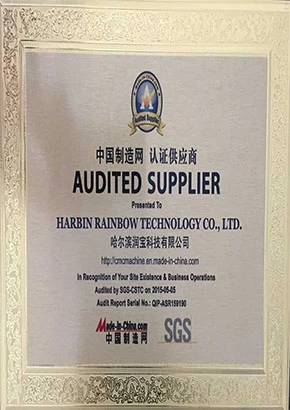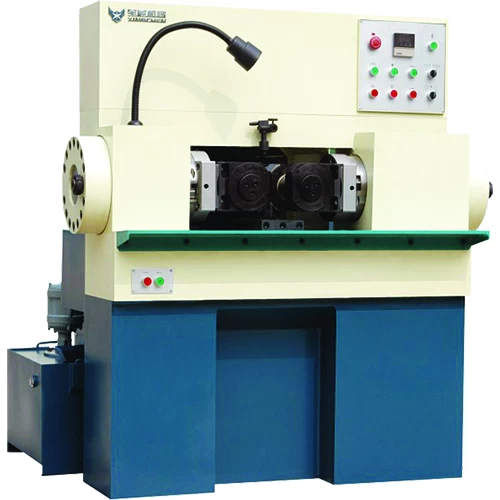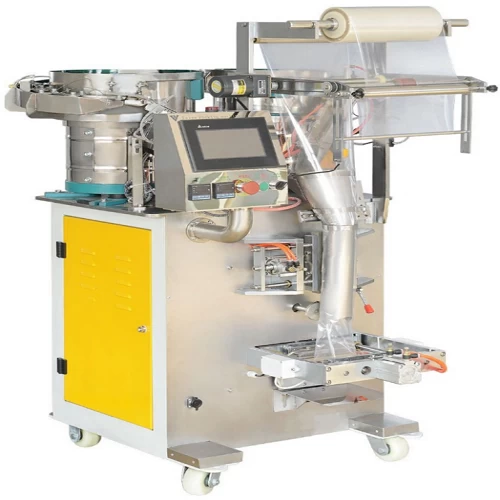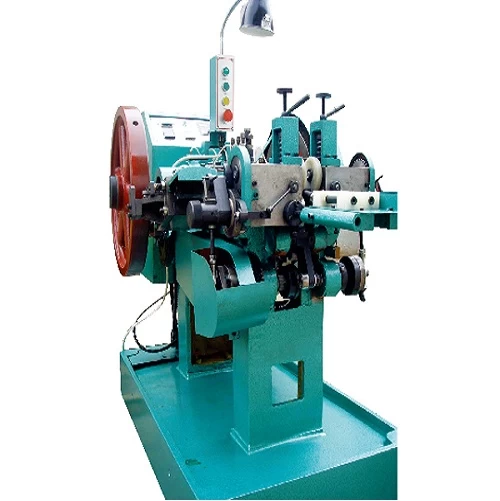Basic flow of plating process
The basic process of the electroplating process is first hanging, then degreasing, roughening, neutralization, catalysis, degumming, electroless nickel, pre-nickel plating, bright copper, then semi-bright nickel, then bright networking, and finally hanging. Plating requires a low-voltage, high-current power supply that supplies power to the plating bath and an electrolysis device consisting of the plating solution, the part to be plated (cathode), and the anode.
Plating process flow:
1、Hanging
Plastic parts will be fixed in the conductive tool mounted, so that it can form a closed circuit with the power phase, so that plating can be carried out smoothly. Common river, the product will be hung on the conductive hook of the hanging tool, through the plating to obtain the desired plating effect
2、Degreasing
Clean another plus the surface, remove grease dust, sweat and other substances on the surface of the injection molded parts, these substances will directly affect the processing effect of the latter process, as well as the appearance of the plating on the surface of the part.
3、Roughening
The use of roughing solution of strong acidic dissolve ABS plastic species of B (butadiene) components, so that the surface of the parts to form a microscopic rough "dovetail" holes to increase the plating surface and the contact area of the parts, and in the surface of the parts of some -OH,-SOHu003eC=0= and other polar hydrophilic groups, so that the surface of the parts with hydrophilic.
4、Neutralization
The use of the solution of the reducing properties of the parts surface to stay in the complex acid reduction to get rid of these stay in the complex acid on the back of the process have an adverse effect must be neutralized clean!
If the complex acid remains on the surface of the part and is brought into the later process, it will cause the part to be partially plated (exposed plastic).
5、Catalytic
The catalytic substance in the solution, colloidal palladium (PD), is uniformly adsorbed in the dovetail-shaped holes at the back of the parts, which provides a catalytic center for the reaction of electroless nickel later.
6. Decolloidization
The colloidal palladium adsorbed on the surface of the part in the catalytic solution is not catalytically active because it is surrounded by divalent tin ions, which need to be dissolved through the decolloidization process to make the palladium bare and truly catalytically active.
7、Chemical nickel
For the mechanism of chemical nickel, there is no uniform understanding, according to the "atomic hydrogen state theory" to explain, in the presence of catalysts occurring
8、Pre-plated nickel
Chemical nickel layer is relatively thin (0.2um) poor conductivity, in the chemical nickel surface to add a layer of pre-plated nickel can increase the conductivity of the parts
9、Bright copper
Copper has good ductility, flexibility, thermal expansion coefficient of other plating is closer to plastic, in the parts on the surface of the plug on a layer of about 15-25UM smooth and flexible copper layer, is conducive to increasing the parts and the whole plating of the bonding force in the parts of the external environment by the temperature change or impact can play a buffer role in reducing the degree of damage to the parts.
10、Semi-bright nickel
The appearance of the parts show half-bright mounted so called half-bright nickel, the coating has good ductility and leveling, half-bright nickel layer is basically not good sulfur ().
11、Pearl nickel
The appearance of pearl bright effect makes the parts look elegant, soft color.
12、Nickel seal (microporous nickel)
On the basis of bright nickel solution in the plating solution to add some bad conductive tiny particles (generally about 0.5um in diameter) or so, in the plating process nickel is constantly deposited on the parts, while these particles are also brought into the plating layer, these particles due to non-conductive in the particles are not plated on the other plating layer, so the plating of the play layer and then the parts on the formation of a discontinuous through the nickel layer of holes (commonly known as microporous), in parts subjected to corrosion, the nickel seal (microporous). (Microporous), in parts subjected to corrosion, it is the existence of these microporous increased the exposure area of the nickel layer, well dispersed corrosion current, so that the unit area of the surface of the corrosion current to play I reduce the corrosion rate is also reduced, thus avoiding the concentration of the depth of the strong corrosion, played a very good corrosion resistance effect!
13、Bright
The plating layer is dazzling silver-white so that the parts to achieve a better decorative effect.
14、Hanging down
Remove the parts from the hanging device for inspection and packaging.
Working principle:
Electroplating requires a low-voltage high-current power supply to the plating tank and an electrolytic device consisting of plating solution, parts to be plated (cathode) and anode. The composition of the plating solution varies depending on the plating layer, but it contains the main salt that provides metal ions, the complexing agent that can complex the metal ions in the main salt to form a complex, and the buffer that is used to stabilize the acidity and alkalinity of the solution.
Anode activators and special additives. The electroplating process is a process in which metal ions in the plating solution are reduced to metal atoms by an electrode reaction under the action of an external electric field, and metal deposition is carried out on the cathode. Therefore, it is a metal electrodeposition process that includes steps such as liquid-phase mass transfer, electrochemical reaction, and electro-crystallization.
In the plating bath containing the electroplating solution, the parts to be plated after cleaning and special pretreatment are used as the cathode, and the anode is made of the plated metal, and the two poles are connected to the positive and negative poles of the DC power supply respectively. The plating bath consists of an aqueous solution containing compounds of the plated metal, electrically conductive salts, buffers, pH adjusters and additives.
Translated with DeepL.com (free version)



